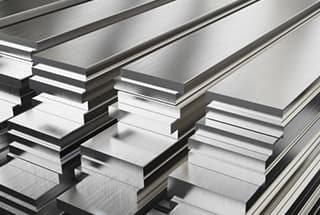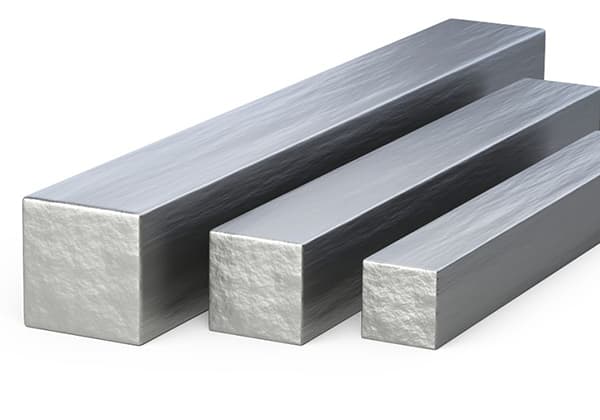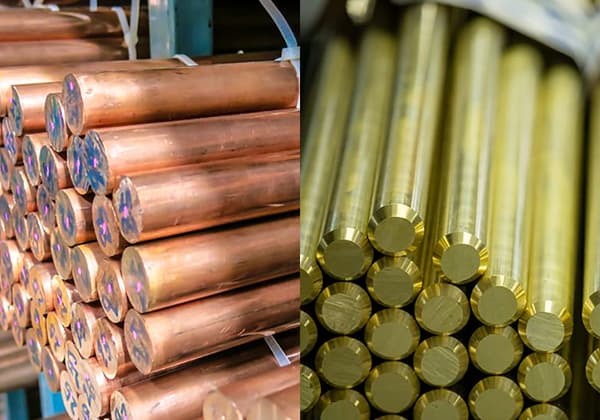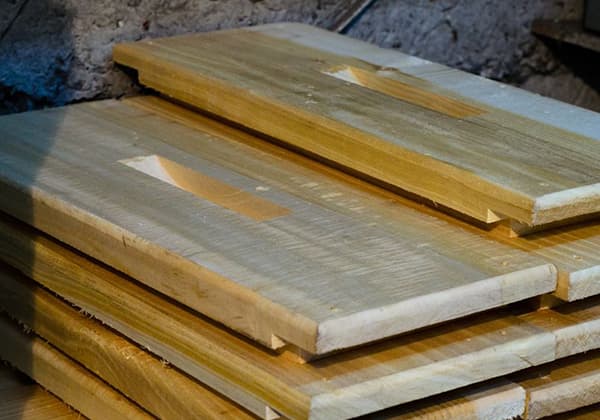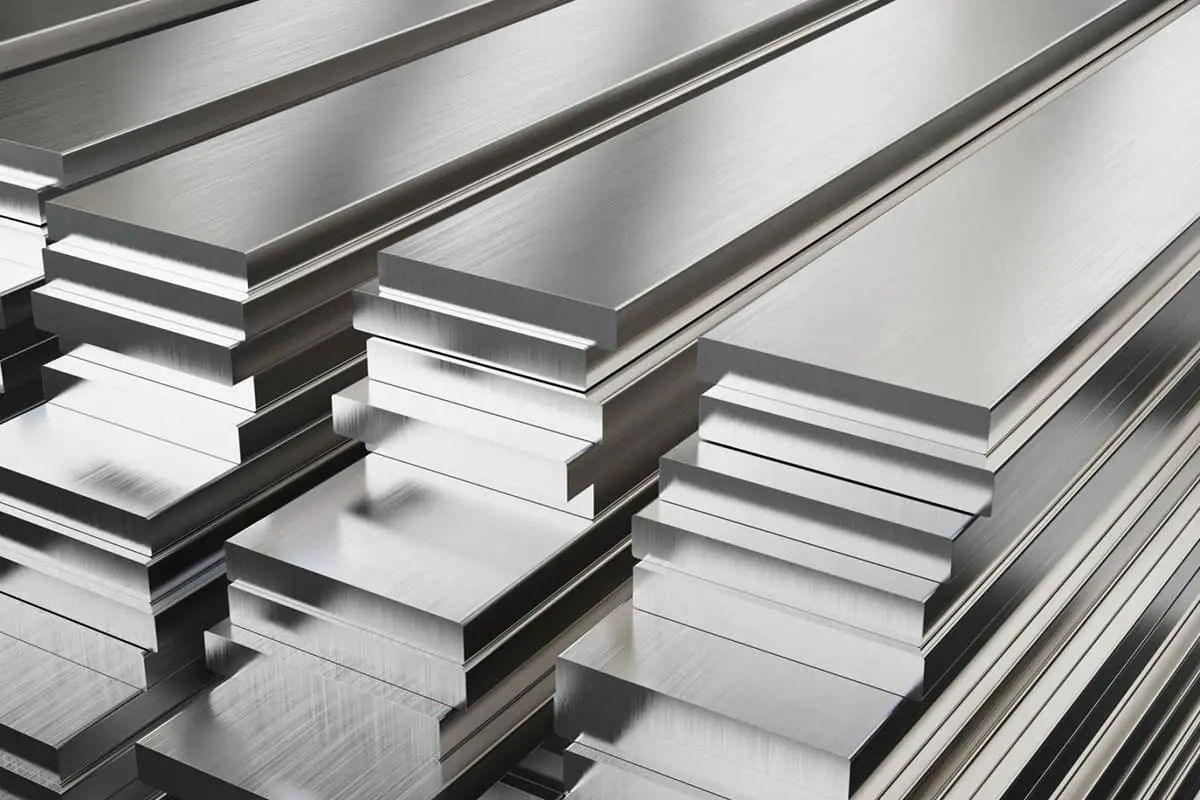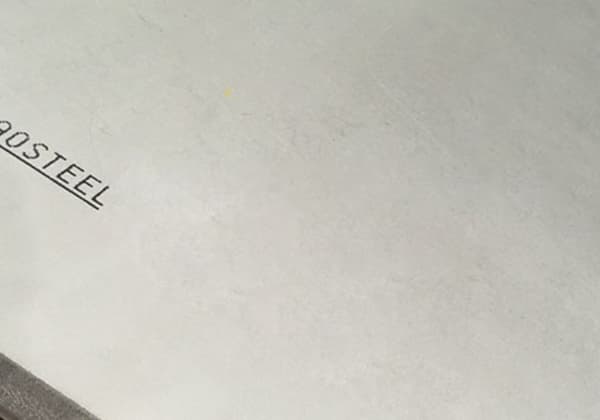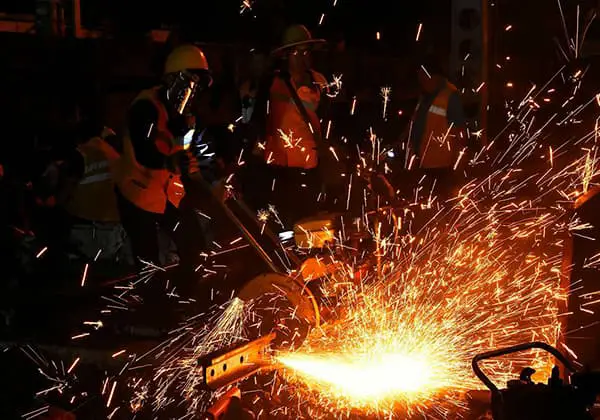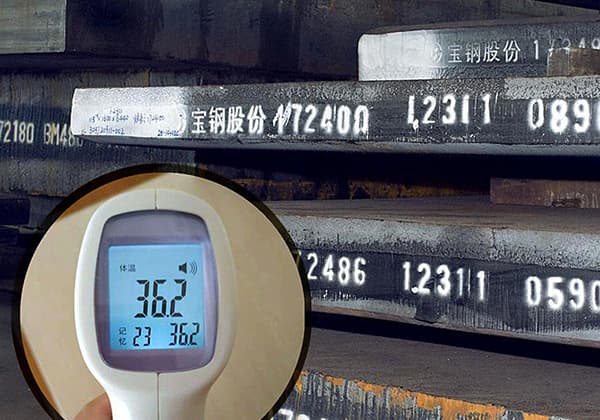
What sets American T1 and T4 steels apart in the realm of high-speed tool steels? This article dives into their unique properties, such as hardness and wear resistance for T1 and enhanced high-temperature hardness due to cobalt in T4. Explore how these characteristics make them ideal for various cutting tools and high-temperature applications. Understanding these differences will help you select the right steel for your specific industrial needs.
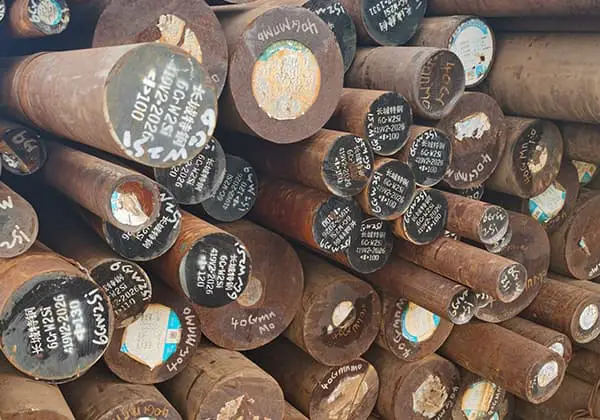

American T1 steel is a die steel with good hardness, red hardness, and wear resistance. It is an American ASTM standard steel number.
Supply status and hardness: annealed state, hardness 255HBS; cold-drawn state, hardness 269HBS; cold-drawn state, annealed hardness 262HBS.
Chemical composition (mass fraction, %) of American standard ASTM-A600-1999 steel: C 0.65~0.80, Si 0.20~0.40, Mn 0.10~0.40, P≤0.030, S≤0.030, Cr 3.75~4.50, V 0.90~1.30, W 17.25~18.75.
Reference corresponding steel numbers: Russia ГOCT standard steel number P18, German DIN standard material number 1.3355, German DIN standard steel number S18-0-1, China GB standard steel number W18Cr4V, British BS standard steel number BT1, French AFNOR standard steel number Z80WCV 18-04-01, Italian UNI standard steel number X75W18KU, Spanish UNE standard steel number HS18-0-1, Japanese JIS standard steel number SKH2, American AISI/SAE standard steel number T1, American UNS standard steel number t12002, Taiwan China CNS standard steel number SKH2, South Korean KS standard steel number SKH2, International Organization for Standardization ISO standard steel number HS18-0-1.
Quenching and tempering specifications: preheating temperature 815~875℃, quenching temperature salt bath furnace 1175℃, controlled atmosphere furnace 1288℃, tempering temperature 550℃, hardness after tempering ≥63HRC.
Typical application examples: suitable for cutting tools with red hardness requirements.

Characteristics of American T4 steel:
American ASTM standard tungsten-based high-speed tool steel with cobalt addition. It is made by adding 4.25%~5.75% (mass fraction) cobalt to W18Cr4V steel.
Therefore, in addition to the properties of W18CrV4 steel, due to the addition of cobalt, the high-temperature hardness and red hardness of the steel are improved, so it can be used at higher temperatures. This steel does not have high toughness and is easy to grind.
Supply status and hardness: annealed state, hardness 269HBS, cold-drawn state, hardness 285HBS, cold-drawn and annealed twice, hardness 277HBS.
Chemical composition (mass fraction, %) of ASTM A600-1999 standard steel: C 0.70~0.80, Si 0.20~0.40, Mn 0.10~0.40, P≤0.030, S≤0.030, Cr 3.75~4.50, Mo 0.40~1.00, V 0.80~1.20, W 17.50~19.00, Co 4.25~5.75.
Reference corresponding steel numbers: American ASTM standard steel number T4, American UNS standard steel number 12004.
Quenching and tempering specifications: preheating temperature 815~870℃, quenching temperature salt bath furnace 1277℃, controlled atmosphere furnace 1288℃, tempering temperature 550℃, hardness after tempering ≥63HRC.
Typical application examples:
Used for manufacturing various cutting tools with higher temperatures, such as turning tools, planers, milling cutters, broaches, reamers, tap tools, forming tools, gear cutting tools, hobbing cutters, scrapers, thread dies, etc.
It can also be used to manufacture cold working molds.

